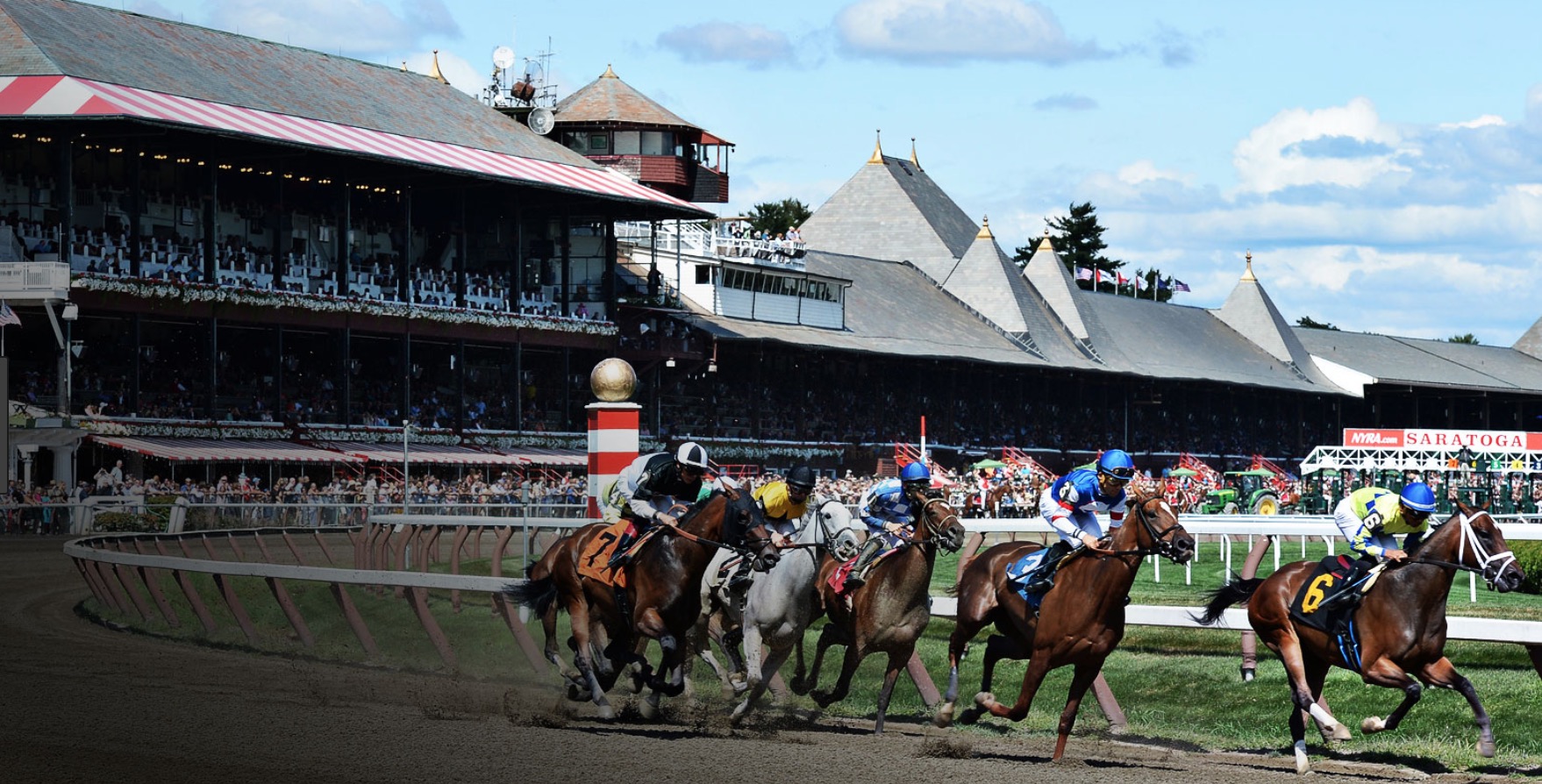The bell sounds, the gates burst open, and horses and jockeys fly out into the dirt. Saratoga Racecourse is a bustling place during its summer season, along with the surrounding city of Saratoga Springs, NY. But behind the jockey statues, bright dresses, and big hats, there is the backstretch: the place where immigrant workers come every summer to work and keep Saratoga’s essential source of tourism income up and running.
Many people forget or do not know much about the backstretch workers, many of whom are undocumented. “You can see them working behind the scenes at the racetrack sometimes, and I’ll see them on their bikes in town,” says Parker Johnson ’19, a resident of Saratoga Springs. “I’ve never interacted with them, but they provide a valuable service for the community.”
Even though it is the beginning of May, the backstretch workers are starting to return to Saratoga to begin work with spring training and prepare for the summer season. However, in an era of ICE raids, and the Trump administration’s tough stance on immigration, some people are worried over the futures of these workers.
“Our main concerns are medical services: we have a clinic onsite, a partnership with Saratoga Hospital, a dental program, and health insurance through Fidelis Care,” says Roger Sousa, the volunteer coordinator at the Backstretch Employees Service Team (BEST). BEST is a program that offers assistance to the backstretch workers.
“We’re a nonprofit, so it’s not our concern if the workers are undocumented, but we will refer them to the Equal Opportunity Council (EOC) if they are,” explains Sousa.
Another program that the community provides for both documented and undocumented workers alike is the Welcoming Immigrants Task Force at the Presbyterian-New England Congregational Church of Saratoga Springs, a sanctuary church. “We have a soup kitchen, host English as a second language classes, legal workshops, have low-income transportation system, along with working with Saratoga EOC,” says Terry Diggory, the coordinator for the task force. “It’s all run by volunteers as well.”
Although there are community programs in place to help undocumented workers, they are still worried about that status, especially after ICE raided downtown Saratoga last summer. “The mood is definitely very wary, and there are workers who are very wary about coming to Saratoga because of enforcement actions from ICE,” says Diggory.
While there seems to be an abundance of help and services in the community for undocumented workers, the local city government does not offer the same support. A statement from the Saratoga Springs Police Department says that raiding undocumented workers is not its main concern, but it will not stand in the way of a federal agency. Lt. Robert Jillson did not return a call for comment in time for publication.
The mayor of Saratoga Springs, Meg Kelly, says that her office does not do anything for undocumented workers. Under former mayor Joanne Yepsen, there was a City Human Rights Task Force, but this was decommissioned when Kelly was elected.
“There is still a task force, but it’s just not involved with the city anymore,” explains Kelly. When asked if she planned to reinstate a similar task force that would be directly affiliated with the city, Kelly responded no, and did not elaborate further.
Despite the lack of services provided by the local government, undocumented backstretch workers seem to have some of the community behind them, even if other community members have not been paying attention to the undocumented workers’ struggles.
“If I’m being honest, I didn’t hear about the ICE raids last summer, or have given much thought to the workers,” says Johnson. “But it seems to be an unspoken fact that these workers are members of the community, and no one seems to have too much of a problem with that.”



